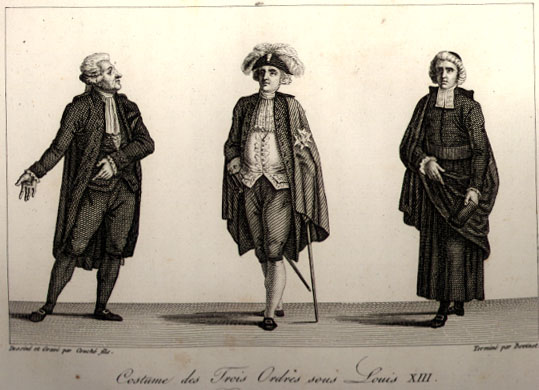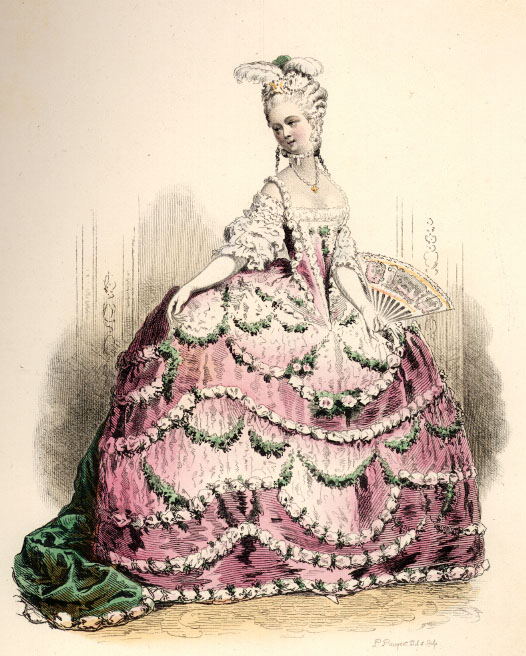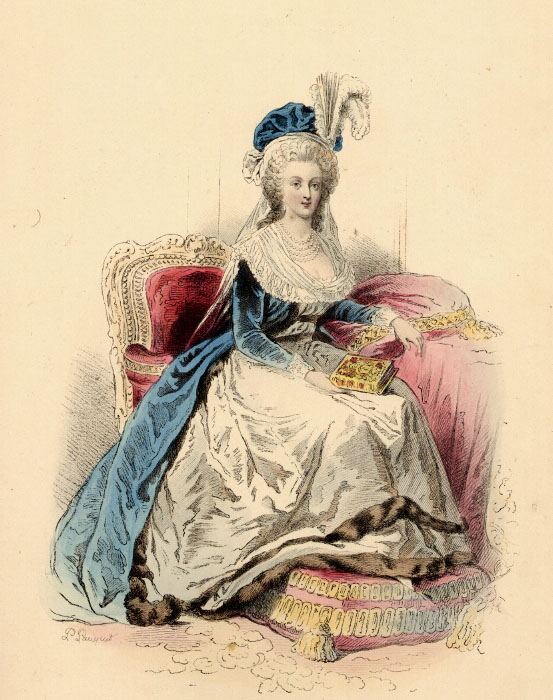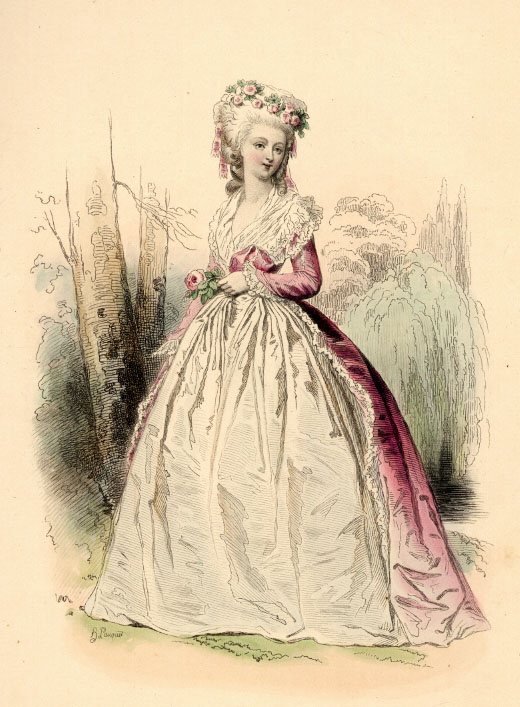conclusions
image banks
--l'assiette au beurre
--Les Quatre Saisons de la Kultur

|

|

|

|
The study of costume, of dress and fashion has long been acknowledged as a privileged locus for the study of culture and of civilization. Manner of dress involves individual and cultural expression. Style and fashion were “hot” issues during the revolutionary period. From the deadly serious “sans-culottes” to the sometimes hilarious excesses of the “incroyables” and the “merveilleuses” of the Napoleonic era, dress and uniform became markers of one’s inescapable relationship to the revolution and its politics. On these pages you will find a small sampling of the evolution of fashion from the years just before the Revolution to the period of the Empire. The first page begins with a look at the dress of the three orders under Louis XII, at the last meetings of the Estates General before 1789. Also of interest on the first page, the portraits of Marie Antoinette and her loyal lady-in-waiting, the Princesse de Lamballe, who would both meet horrible ends during the Terror, after imprisonment in the Temple (see Schama, pp 635-636). With the exception of the black and white plate, these images come from a famous compendium of 100 French costumes through the ages, drawn by the Pauquet brothers using historical documents (for example, Marie Antoinette’s portrait is copied from the famous painting by Elizabeth Vigée Lebrun, and the Directory images are based on the work of the Vernets). The plates were then colored by hand, and published by Pauquet and René Pinceborde during the later years (1865?) of the second Empire.